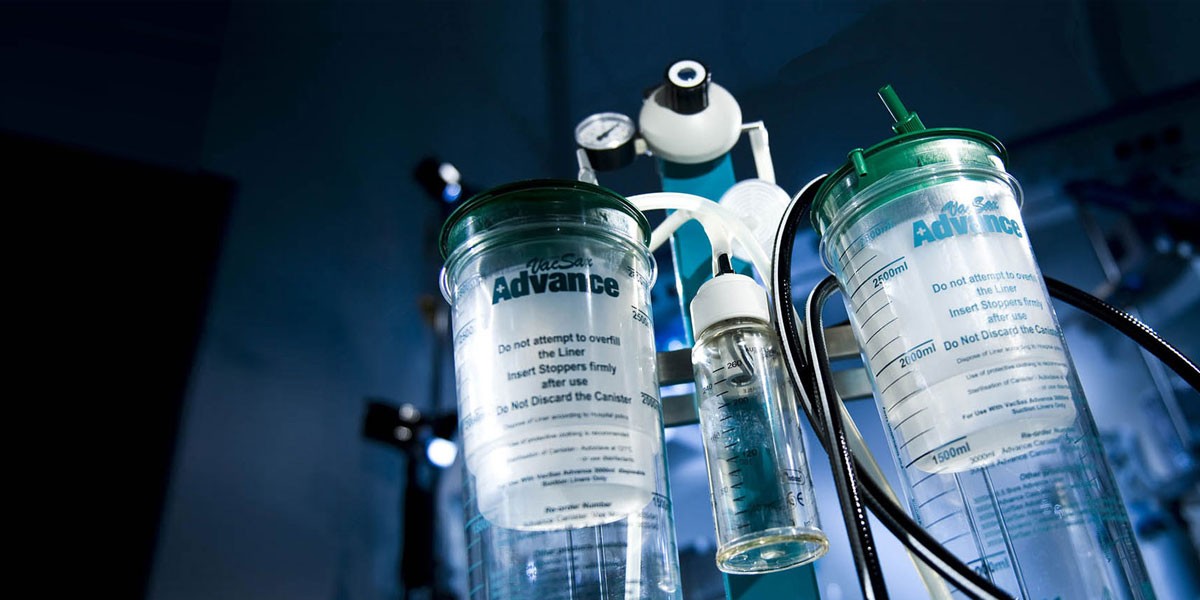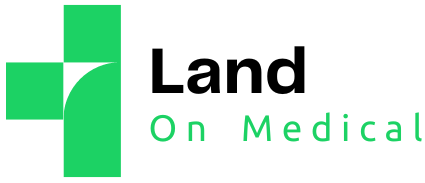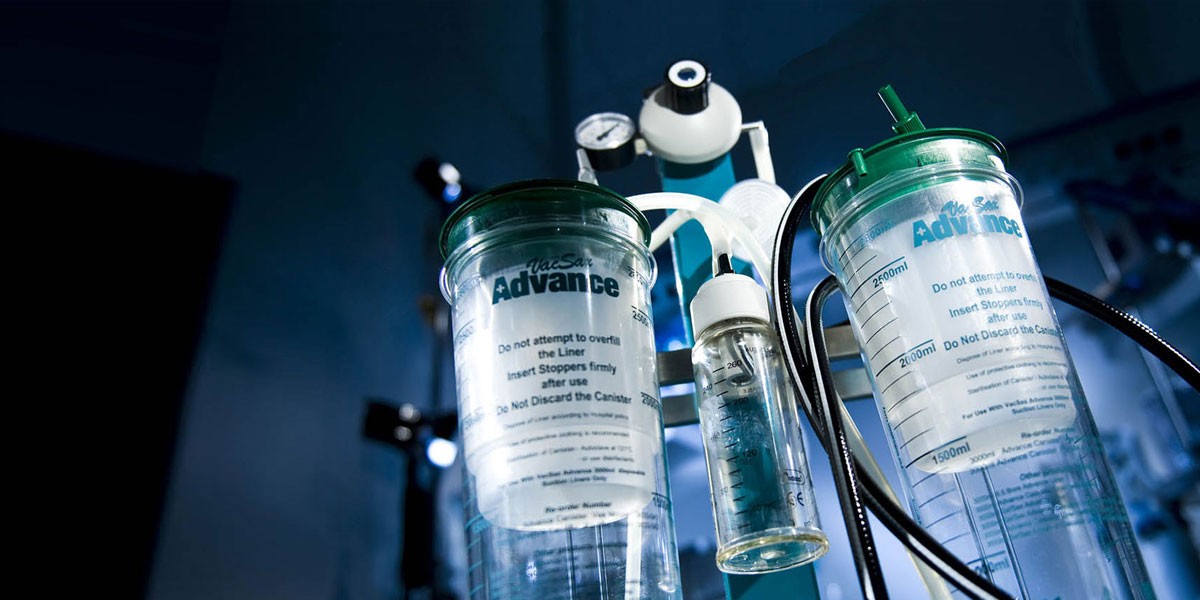Suction machines, also known as suction units or aspirators, are indispensable devices used in medical settings to effectively remove fluid and debris from the body. These machines utilize negative pressure to create suction, allowing for the safe and efficient extraction of fluids during various medical procedures. In this article, we will explore the importance of suction machines, their applications, key features, and considerations for choosing the right machine.
Introduction: The Role of Suction Machines
Suction machines play a vital role in medical settings by effectively removing unwanted fluids, secretions, and debris from the body. They utilize negative pressure to create suction, enabling healthcare professionals to maintain clear airways, promote healing, and ensure safe medical procedures.
Applications of Suction Machines

Surgical Procedures
Suction machines are commonly used during surgical procedures to clear the surgical field of blood, fluids, and debris. They help surgeons maintain clear visibility and facilitate precise and accurate surgical interventions.
Airway Management
In airway management, suction machines are used to clear secretions, blood, or other obstructions from the patient’s airway. This is particularly important during emergency situations, such as choking or respiratory distress, where immediate suctioning can be life-saving.
Wound Care
Suction machines are employed in wound care to remove excess fluid, blood, or infection-related materials from wounds. This promotes faster healing, reduces the risk of infection, and improves overall wound management.
Obstetrics and Gynecology
Suction machines are utilized in obstetrics and gynecology for procedures such as the evacuation of uterine contents during miscarriages or the removal of amniotic fluid during childbirth. They assist in maintaining a clear field of vision and ensuring the safety of the patient.
Emergency Medicine
In emergency medicine, suction machines are crucial for clearing the airway of patients who are unconscious or experiencing respiratory distress. They assist in removing secretions, blood, or foreign objects that may obstruct breathing.
Home Healthcare
Suction machines are also used in home healthcare settings, allowing patients with certain medical conditions to receive effective suctioning at home. This enables patients to manage respiratory conditions or secretions with professional guidance and support.
Key Features of Suction Machines
Vacuum Control
Suction machines come with adjustable vacuum control, allowing healthcare professionals to regulate the suction power according to the specific needs of each procedure. This ensures optimal patient comfort and safety.
Suction Power and Flow Rate
The suction power and flow rate of a suction machine determine its effectiveness in removing fluids and debris. Machines with higher suction power and adjustable flow rates provide greater versatility and efficiency in various medical scenarios.
Canister Capacity and Filtration
Suction machines feature canisters to collect and store the extracted fluids. The capacity of the canister determines how much fluid the machine can handle before requiring emptying. Additionally, machines with effective filtration systems prevent contaminants from entering the machine or the environment.
Portability and Mobility
Portability is a significant factor to consider, especially for healthcare providers who require suction machines in multiple locations or during patient transfers. Portable suction machines are lightweight, compact, and equipped with convenient handles or wheels for ease of transportation.

Noise Level
The noise level of a suction machine can affect the comfort of patients and healthcare providers. Quieter machines provide a more serene environment during procedures, especially in sensitive settings such as operating rooms or patient wards.
Power Source
Suction machines can be powered by electricity or batteries. Electric-powered machines are suitable for settings with a constant power supply, while battery-powered machines offer flexibility and can be used in areas with limited or no access to electricity.
Considerations for Choosing Suction Machines
When selecting a suction machine, several factors should be considered to ensure its suitability for the intended use and setting:
Intended Use and Setting
Identify the specific applications and settings where the suction machine will be used. Different medical procedures and environments may require machines with varying suction capacities, portability, and features.
Suction Capacity and Performance
Evaluate the suction capacity and performance of the machine to ensure it meets the required standards for the procedures it will be used in. Consider the maximum vacuum pressure, flow rate, and the ability to sustain suction over extended periods.
Size and Portability
Choose a suction machine that suits the available space and transport requirements of the intended setting. Compact and lightweight machines are ideal for confined spaces or mobile healthcare units.
Ease of Use and Maintenance
Opt for a suction machine that is user-friendly, with clear controls and intuitive operation. Easy-to-clean components and accessible maintenance features contribute to efficient usage and longevity.
Safety Features
Ensure that the suction machine has essential safety features, such as overflow protection, anti-bacterial filters, and alarms for low battery or canister fullness. These features promote patient safety and prevent equipment malfunctions.
Proper Usage and Maintenance of Suction Machines
To ensure the proper functioning and longevity of suction machines, it is important to follow these guidelines:
Precautions and Safety Guidelines
Adhere to the manufacturer’s instructions and guidelines for the safe usage of the suction machine. This includes understanding the correct suctioning techniques, maintaining sterility, and using appropriate personal protective equipment (PPE).
Cleaning and Disinfection
Regularly clean and disinfect the suction machine and its components according to the manufacturer’s recommendations. This helps prevent cross-contamination and ensures optimal hygiene standards.
Regular Maintenance and Servicing
Schedule regular maintenance checks and servicing of the suction machine to identify and address any potential issues. This includes inspecting tubing, filters, and canisters for damage or wear and ensuring proper functioning of the vacuum control and power source.
Conclusion
Suction machines are vital tools in medical settings, providing efficient and safe fluid extraction during various procedures. With their adjustable vacuum control, portability, and key features, suction machines contribute to effective patient care and optimal medical outcomes.
FAQs
- What are suction machines?Suction machines, also known as suction units or aspirators, are medical devices used to extract fluids and debris from the body through the application of negative pressure.
- What are the applications of suction machines?Suction machines are used in surgical procedures, airway management, wound care, obstetrics and gynecology, emergency medicine, and home healthcare.
- What are the key features to consider when choosing a suction machine?Key features to consider include vacuum control, suction power and flow rate, canister capacity and filtration, portability and mobility, noise level, and power source.
- How should suction machines be maintained?Suction machines should be regularly cleaned and disinfected, and proper maintenance checks should be performed to ensure optimal performance and longevity.
- What are the safety considerations when using suction machines?Follow the manufacturer’s safety guidelines, use appropriate suctioning techniques, maintain sterility, and utilize necessary personal protective equipment to ensure safe usage of suction machines.



